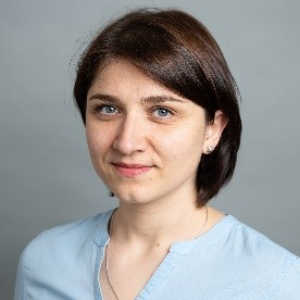Title : From core-shell to composites: Exploring microstructure development in metastable Ag–Cu metal matrix composites prepared by bottom-up way
Abstract:
Metal-matrix composites, or MMCs, are an interesting class of materials that exhibit unique mechanical properties due to the reinforcement of metallic matrices with various additives. For decades, researchers have intensely studied the behavior of MMCs reinforced by hard particles, such as ceramic fibers and metallic nanoparticles. However, there are only a few works that deal with MMCs consisting of both a ductile matrix and reinforcement additives. On the other hand, metastable metal matrix composites, or m-MMCs, offer improved mechanical properties by reinforcing a ductile metal matrix with a reinforcement without forming a solid solution between the matrix and reinforcement particles. This state of metastability can be maintained through two methods: first, by using a core-shell powder where the core serves as the strengthening phase and the shell serves as the matrix, and second, by using spark plasma sintering (SPS), which suppresses diffusion processes between the core and shell particles.
The main focus of this study was to investigate the microstructure and properties of unusual Ag–Cu m-MMCs prepared by SPS using Cu@Ag core-shell powders with mass ratios of 51:49 and 80:20. The morphology and microstructure of the Cu@Ag core-shell powders were characterized using scanning electron microscopy (SEM), followed by an examination of the microstructure of the m-MMCs using SEM and transmission electron microscopies (TEM), both equipped with energy dispersive spectroscopy (EDS). Regarding the evaluation of mechanical properties, tensile tests were performed at room temperature with a strain rate of 10-3 s-1 to evaluate the yield strength, ultimate strength, and elongation of the m-MMCs. Finally, the fracture surfaces were examined using SEM to better understand the deformation mechanisms of the m-MMCs.
This work was financially supported by the Czech Science Foundation under the grant No. 23-05139S. One of the authors (AS) acknowledges the grant of the Czech Academy of Sciences under No. L100102403.



